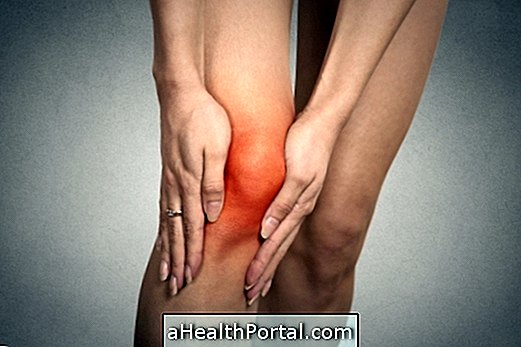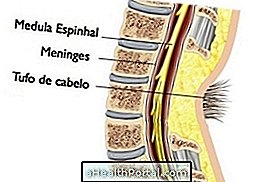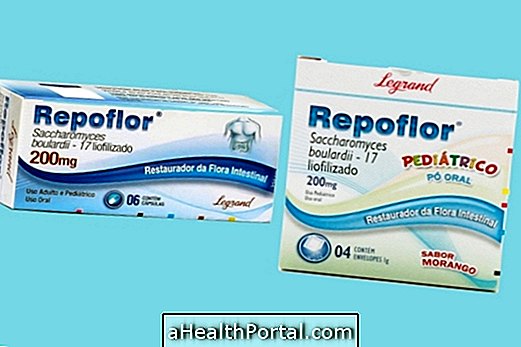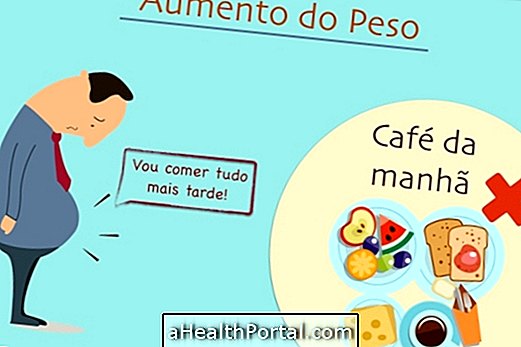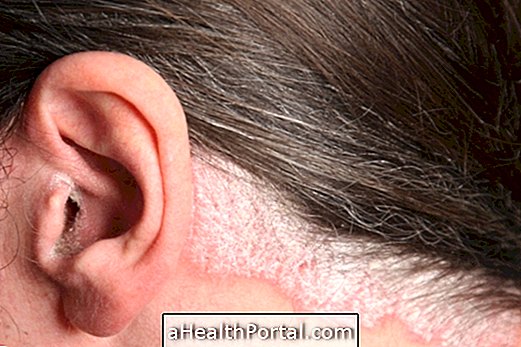Treatment for temporomandibular joint dysfunction, also known as TMJ pain, is done based on its cause, and includes use of bite plates to relieve joint pressure, facial muscle relaxation techniques, physical therapy or, in cases more serious, performing surgery.
It is also very important to observe and avoid habits that may be triggering the pain, such as nail biting, lip biting or intentionally or inadvertently squeezing your teeth, holding your chin in your hand or chewing gum or hard objects, for example.
Temporomandibular dysfunction is a disorder in the joint and muscles responsible for the movements of the mouth and jaw that causes fatigue in the respiratory muscles and causes symptoms such as pain in the jaw, frequent headaches and cracking or displacement of the jaw when opening the mouth. Learn more about symptoms and how to identify in what is temporomandibular dysfunction.
The main forms of treatment include:

1. Use of Bite Plates
Also known as a stabilization plate or occlusion plate, these plates must be dentist-guided and are often used to treat TMJ as they work by relaxing the muscles, stabilizing the joint and protecting the teeth.
Generally, these plates are made of acrylic to size, and are especially suitable for people who have bruxism, which is the unconscious habit of tightening or grinding the teeth, especially during sleep, which causes wear of the teeth and trigger the pain in the TMJ . Learn more about what bruxism is and how it is treated.
2. Physiotherapy
Physiotherapy exercises are very important to decrease inflammation and increase the strength and stability of the joint, allowing a better functioning of the region. The physiotherapist will indicate the best techniques according to each case, and involves performing exercises, osteopathy sessions, electrical stimulation, applying ultrasound or infrared vibration or therapies with heat or cold, for example.
When the cervical spine is involved, some osteopathy sessions may be useful to reposition and disinflate the joints of both the cervical and the mandible.
3. Use of medicines
The remedies can be indicated by the doctor or dentist, and are usually analgesic and anti-inflammatory, like Dipirona or Ibuprofen, to relieve crises of pain. In these periods, the use of a muscle relaxant, such as Cyclobenzaprine, may also be recommended to decrease muscle tension.

4. Relaxation Techniques
Stress and anxiety are causes of worsening bruxism and tension in the muscles of the jaw, so it is important that they are controlled to allow an effective treatment of TMJ pain. Thus, it is recommended to seek the assistance of a psychotherapist or psychologist to assist in this matter.
Other ways to allow relaxation are to invest in activities such as meditation, acupuncture, listening to music, readings or other activities that can bring the sense of well-being. Check out our tips for fighting stress.
5. Laser Therapy
Laser therapy is a new treatment technique used for temporo-mandibular dysfunctions as it has analgesic, anti-inflammatory, healing and stimulant effects on the blood circulation of the affected muscles and is very useful for relieving TMJ symptoms.
6. Surgery
Surgery to treat temporomandibular dysfunction is reserved for specific or severe cases, such as pain caused by a fracture or the existence of a large deformity on the face.
In addition, it may also be indicated when symptoms are severe and there has been no improvement with clinical treatment, which only occurs in rare cases.
